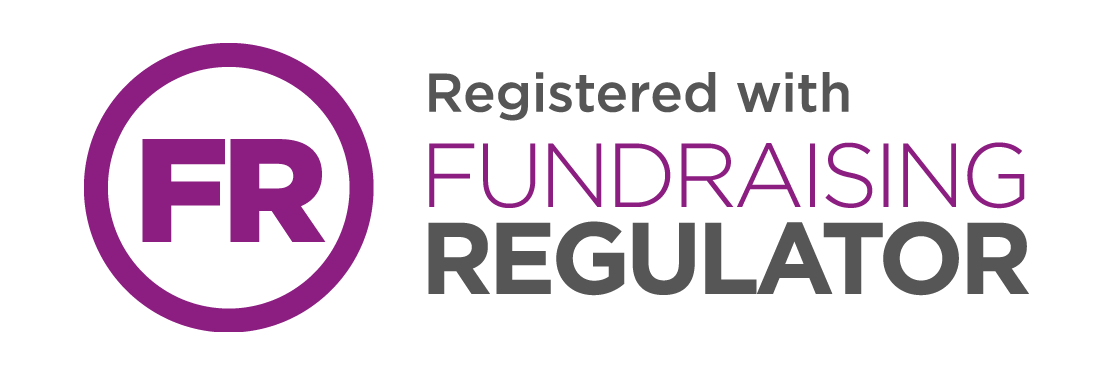How Fitmums & Friends Works
The Shepherding System
Why is shepherding so important?
Shepherding is the means of enabling everyone to run together safely and in a way that supports all types of progression no matter what the ability. So, no-one need fear having to go at a pace that they cannot manage and yet the system allows for those who may be able to run further or faster. It is an essential feature of all Fitmums & Friends groups and everyone is asked to help support the system by committing to re-grouping where it is needed. The benefit of joining a group is that you have company to run or support to improve or to start running when you hadn’t had a go before. Shepherding is important at every level of ability and takes place when needed in every distance group.
When is the shepherding system used?
Shepherding is used when a group of runners of different abilities run together in a group. If a group consists of similar ability runners and stays fairly tight as a pack during the course of the run, with no big gaps between front runners and the rear runner, then it is not required. However, if a large gap develops (e.g. 200m) between the runners at the front and those at the rear, then the front runners run back to the slowest runner in the group at intervals within the route.
How does the shepherding system work?
Each group sets off with everyone running at their own natural and comfortable pace. If a large gap (200m +) develops between the front runners and the rear, the front runners instigate a “re-group” at sensible intervals. This means the front runners need to keep aware of the pace of the group behind them and turn back as necessary. There is no need to alter pace when running back. The run leader of the pack may be at the rear supporting those runners and will depend on the front runners to instigate the “re-group”. If you are in the middle of the group, you should follow the front runners to the back as they pass you – i.e. the front runners instigate the re-group but everyone follows.
What if I am the fastest in the group?
If you are the fastest in your group shepherding is good because it does not hold you back to run at a pace too slow for your ability. The points at which you re-group can be used to improve your pace. For example run back to the slowest runner at a slightly faster pace. This speed work will help you prepare for moving up to the next distance group and by re-grouping you will actually be running further than the set mileage of the route.
What if I am the slowest in the group?
If you are the slowest in the group shepherding is good because you can be reassured that you will not be left alone to run – you will always be supported by the rest of the group. You need feel no pressure to run any faster than you can, as the faster people are going to be getting a different work-out because they will be running a greater distance (because of the re-group) and possibly doing speed work to help improve their pace.
What if I move up to the next distance and can’t keep up?
If you find you are consistently much slower than the runners in the new group, move back down a group but don’t be demoralised. Instead try and increase the number of times you run per week to build up your stamina (at least twice a week). At each re-group make sure you push hard when running back to the rear of the pack. This helps you increase your distance and the speed work will help to improve your pace.
What if I haven’t the energy to re-group?
If you are unable to re-group because it is taking all your effort to get round the planned route then you just need to walk back rather than run at the re-group points but keep moving! There is nothing more demoralizing for the runner at the back of the group to finally reach the waiting front runners who then run off as soon as the back runner reaches them! This is strongly discouraged at Fitmums & Friends. The important thing is to stay with your group – especially when running in the dark. It is very difficult for the run leaders to look after a group if they are spread too far apart so shepherding helps the group keep in touch with the leader.
What if I feel ill or don’t want to carry on?
If you feel ill or become injured or want to drop out of a group at any time it is essential that you inform the run leader so we can ensure you get back safely.
Walking Groups
We encourage the use of shepherding within our walking groups as well. It isn’t always needed if the pack is of similar pace but where there is a split in the group a re-group works in the same way and gives support to the slower paced walker at the same time creating a longer distance workout for the front walkers.
Things to remember
You may be the front runner in one group but then move up to the next distance group where you become the rear runner. Remember how grateful you will feel to have the non-judgemental support of the rest of the group, supporting and encouraging you.

